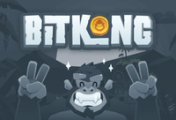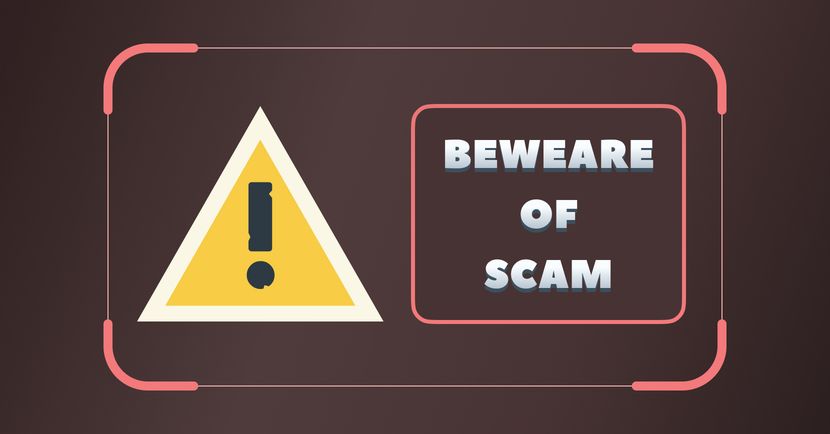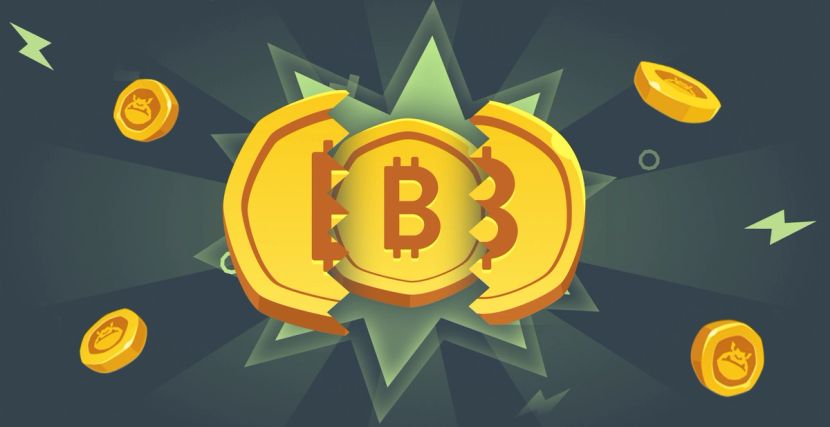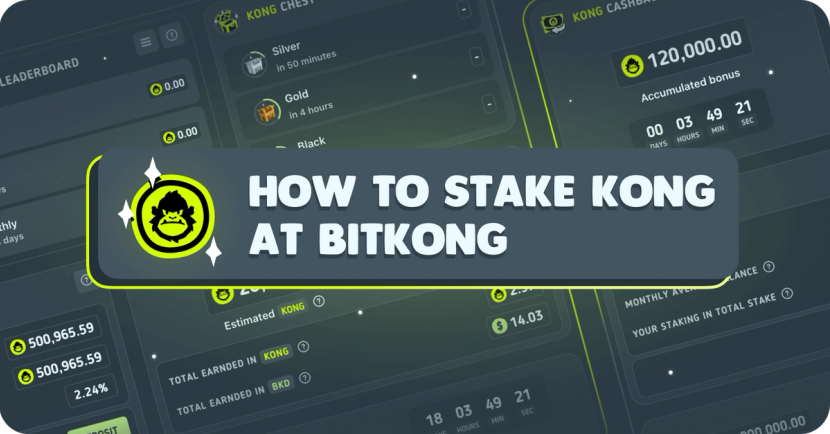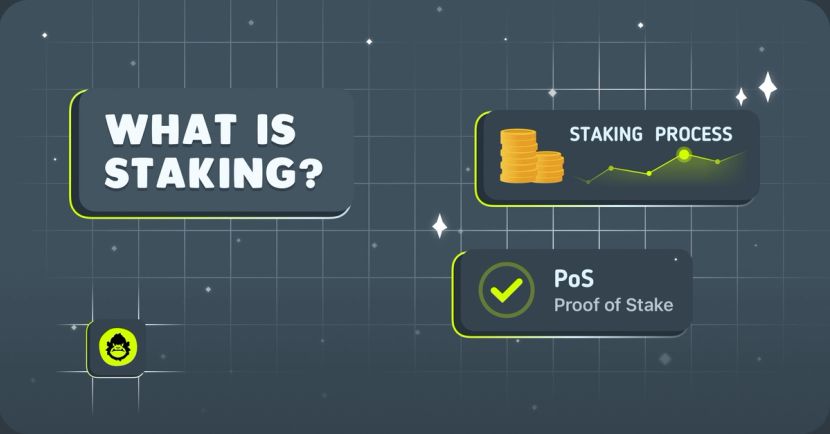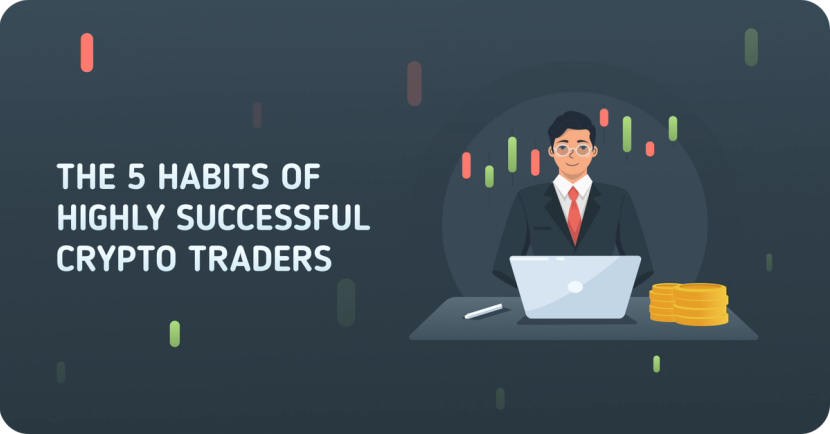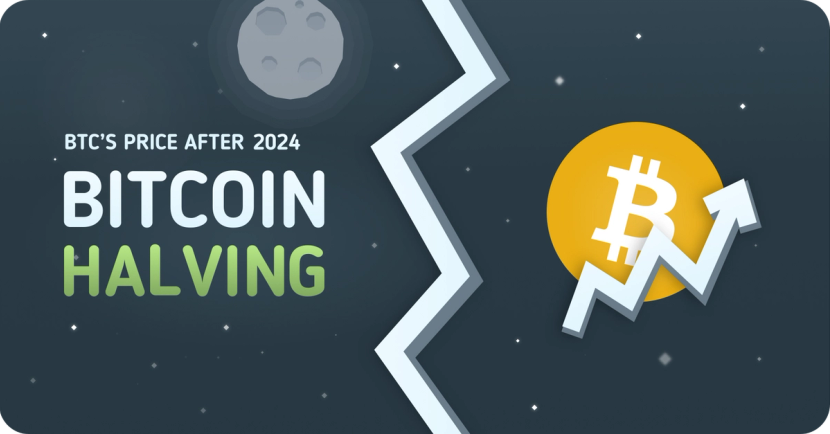What is Multi-Collateral DAI?

DAI is an innovative stablecoin, part of the MakerDao ecosystem, that leverages decentralization and an autonomous smart contract-based system to earn savings creating a new kind of stablecoin. But what is the role of stablecoins after the collapse of Terra? What can a multi-collateral token bring to the table in times of volatility?
What is the Difference between SAI and DAI?
Single-Collateral Dai, or SAI, is an earlier version of the stablecoin DAI that could be collateralized by only one cryptocurrency, Ether. A key feature of DAI is that it’s multi-collateral which means that is backed by various Ethereum-based assets. In fact, many types of digital assets can be used as collateral for a DAI, making the 1:1 peg to the dollar more reliable. DAI exists in the Ethereum blockchain, making it an ERC-20 compatible token that can be commercialized in major exchanges like Coinbase and Binance.
What is MakerDAO?
It’s also known for the Maker protocol. MakerDAO –Decentralized Autonomous Organization– describes itself as a peer-to-peer or decentralized organization focused on developing technology to facilitate savings and liquidity (i.e., stability) in an open financial system. The company is run democratically by the holders of its governance token, MAKER. The MakerDAO company was founded by Rune Christensen in 2015 but the stablecoin DAI wasn't launched until 2017.
The Importance of a Multi-collateral Stablecoin Now
The intention behind stablecoins is to reduce the amount of volatility in the crypto market. Now, some projects failed in that goal by creating unreliable reserve systems. A stablecoin is vulnerable to losing its peg to fiat currency if its reserves are not backed up by that fiat currency. This is the particular case of algorithm-backed stablecoins like Terra, which lost $40 billion in value in a few days. DAI offers an alternative to the riskier reserve methods through a decentralized autonomous system of smart contracts running on Ethereum's blockchain. The difference lies in the token creation conditions, meaning that users who want to generate DAI must deposit crypto assets into Maker Volts on the Maker Protocol to create a volatility shield. The Volts can be created with Oasis Borrow. Oasis Borrow allows users to borrow Dai against any collateral supported by the Maker protocol like ETH, WBTC, LINK, UNI, MANA, GUSD, YFI and more. The collateral ratio of the amount borrowed in DAI can range from 101% to 175%, depending on the risk of the asset secured.
Responses From the Community
There isn’t much market debate regarding DAI sticking its peg to the US dollar because of its over-collateralization. The most feared outcome would be that a black swan event occurs making the price of the locked assets to sink deep and fast. While DAI is a well steemed stablecoin ranking 4th after USDT, USDC and BUSD, the gas fees to operate on Ethereum’s blockchain are still a deterrent for some investors.

